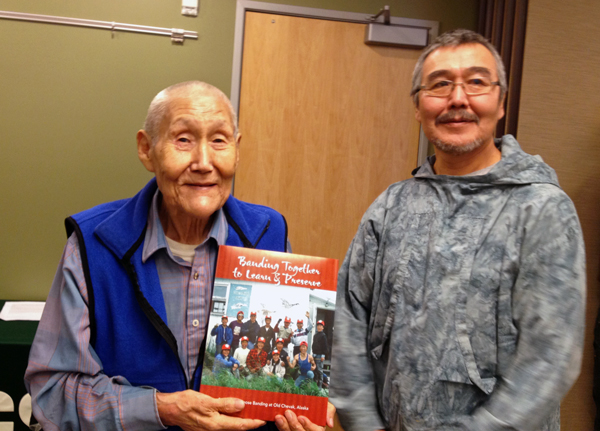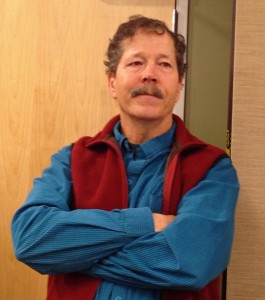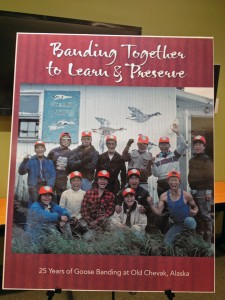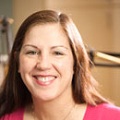
A new book celebrates 25 years of collaborative research and science between the Cup’ik people of Chevak, the Fish and Wildlife Service and the U.S. Geological Survey.
The title, Banding Together to learn and Preserve, 25 years of goose banding at old Chevak lays out the premise of this year book style collection of pictures and science information gathered during the decades of bird banding.

The work was prompted by declines in Cackling, White Front, Emperor and Black brant geese.
USGS wildlife biologist Craig Ely got young people from Chevak involved to herd the geese. He says it helped alleviate mistrust by locals about what the feds were doing and whether it was harming the geese.
“So once you get to know them, maybe you’ll be able to believe a little bit more what they say,” Ely said. “So when we tell them, oh, it doesn’t bother the birds, they’re more likely to trust us as individuals, so that was a big benefit of the project as well.”
Chevak elder Leo Moses worked with the U.S. Fish and Wildlife Service on banding projects for many years along the banks of the Kashunuk river. The nearly 81-year-old teaches Cup’ik culture at the Chevak high school.
He says traditionally people herded the geese into nets and caught them to butcher and dry. He showed the biologists how to use the method to catch the birds for banding.
“We learned to work together. Which is good,” Moses said. “And when the children started helping herd and band them and learn to sex the birds and stuff. Well that’s educational.”
Moses traveled from Chevak with James Ayuluk, who also teaches at the school and is the chief of the traditional council. Ayuluk remembers hunting the geese when he was younger, rounding them up and catching them in nets. It meant survival for Cup’ik people generations ago to be able to harvest the geese, now Ayuluk says the harvest is restricted, plus there’s new food in the area.

“Like moose, 50 years ago wasn’t there. Beaver, 30 years ago wasn’t there. But we do catch geese, yes. I try not to catch them as much,” Ayuluk said. “I want my grandchildren someday to appreciate them as well. So, one dinner a month, that’s good enough. I have beaver meat over here, there’s moose meat over there. Other sources, if I want modern food, I go store maybe have a burger or pizza.”
USGS biologist Ely says an early 80s accord between local Native people and state and federal agencies resulted in the Yukon Delta management plan that he says was one of the first major agreements between indigenous people and agencies to manage through limited harvest. He says the results are clear.
“There’s five times as many Cackling geese as there used to be and White Fronted goose numbers were down, there’s too many of them now, they’re trying to figure out how to get rid of them now basically,” Ely said. “Emperor Geese and Black Brant, we banded those also. They haven’t done quite as well, but they’re still improving.”
A copy of the book will be presented to all households in Chevak.
Lori Townsend is the news director and senior host for Alaska Public Media. You can send her news tips and program ideas for Talk of Alaska and Alaska Insight at ltownsend@alaskapublic.org or call 907-550-8452.





